| Torreya
State Park, FL |
tuce-@msn.com |
| Nov
07, 2006 09:08 PST |
Ents,
Hello all. I
visited Torreya State Park in Northwestern Florida
this weekend, what a special place. The Park contains about 4000
Acres
along the Appalachicola River.
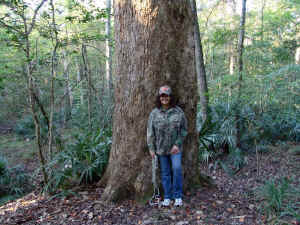
Tulip Poplar |
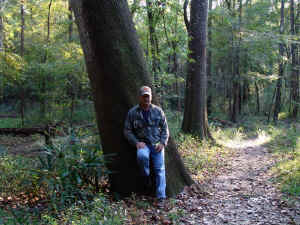
Sweet Gum |
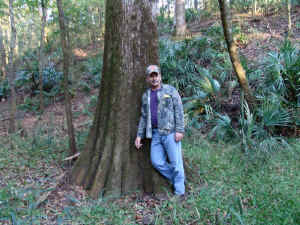
Bald Cypress |
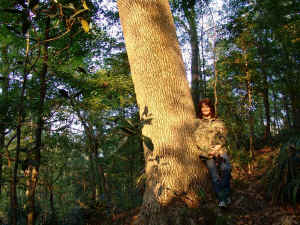
Mockernut Hickory |
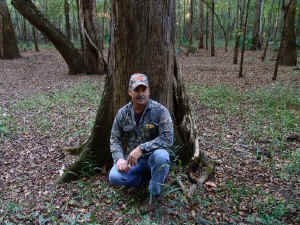
Shellbark Hickory |
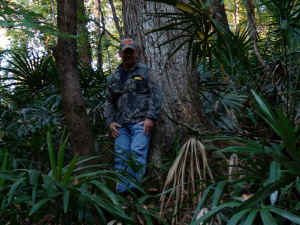
Swamp Chestnut Oak |
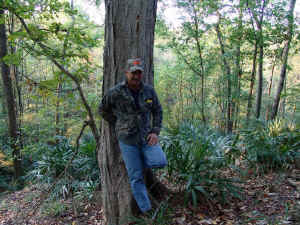
Florida Maple |
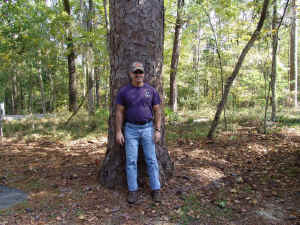
Loblolly Pine |
Saw numerous Big Trees there, the
largest
was a 14'6" CBH Tulip Poplar, 12'3" CBH Sweetgum,
Baldcypress 11'6" CBH,
Mockernut Hickory 10'2" CBH, Shellbark Hickory 8'6"
CBH, Swamp Chestnut
Oak 9'6" CBH, Loblolly Pine 9'6" CBH, Florida Maple 7'
CBH, and last but
not least several
Torreya Taxifolia trees the largest We saw was
about
15" tall.
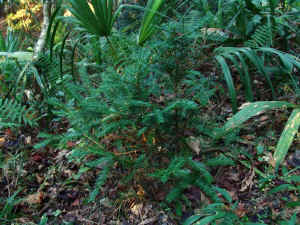
Smaller Toreyya taxifolia showing leaf detail.
The Big Trees were all 90' to over 100' in
height. I will have
to go back and Laser these trees to get exact heights. Ed, I
will send
you some photos, will you post them on the web.
Larry
|
| Re:
Southeastern Trees |
Jess
Riddle |
| Nov
08, 2006 15:18 PST |
Hello Larry,
Thanks for the trip report. It's nice to have some reports
coming in
from the deep south. I haven't seen much shellbark history, and
was
wondering how you separated that species from water hickory.
That
Florida maple looks great.
Jess
|
| Re:Torreya
State Park, FL |
Edward
Frank |
| Nov
08, 2006 17:58 PST |
ENTS,
Larry sent to me a photo of a Torreya taxofolia and I posted it
on the website along with his report. He noted it is the world's
most ndangered conifer. In researching the State park and the
tree I found this website for the Torreya Guardians
http://www.torreyaguardians.org/index.html
The website describes the situation as follows:
-----------------------------
In the 1950s, Torreya taxifolia suffered a catastrophic decline,
the ultimate cause of which is still unexplained. By the
mid-1960s, no large adult specimens - which once measured more
than a meter in circumference and perhaps 20 meters tall -
remained in the wild, felled by what seemed to be a variety of
fungal pathogens.
Today, the wild population persists as mere stump sprouts, along
the Apalachicola River of the Florida panhandle, cyclically
dying back at the sapling stage, such that seeds are rarely, if
ever, produced. T. tax thus joins American chestnut in
maintaining only a juvenile and diminishing presence in its
current range.
Torreya expert Mark Schwartz observes:
"There are probably fewer than 1000 individuals extant in
the current distribution and the numbers are dwindling. At last
count, there is a single known individual that is producing
seeds in the wild (personal observation). Aside from this one
individual and the approximately 8 seeds it has produced, there
has been no observed seedling recruitment for at least 20, and
probably 40 years."
---------------------------------
The situation highly parallels that of the American Chestnut and
efforts to save it from extinction. To a lesser degree it is
also similar to the situation confronting the Hemlock. Please
check out the website and see what they are trying to
accomplish.
As for Torreya State Park, there are a acouple of links that
gives some information about the park and the background of the
area:
Torreya State Park, Florida State Parks website, Main page
http://www.floridastateparks.org/torreya/default.cfm
------------------------------------------------------------------
"The park is named for a species of rare Torreya tree that
occurs only on the bluffs along the Apalachicola River. This
once plentiful tree was nearly destroyed by disease in the early
1960s and may be doomed to extinction. Other rare plants found
in the park include the Florida yew tree and the U.S. Champion
winged elm. The forests of the park include river swamps,
hardwood hammocks and high pinelands. Each community contains a
different set of trees, shrubs and wildflowers which offer
variety during each season of the year. The bluffs and ravines
are forested by many hardwood trees that commonly occur in the
Appalachian Mountains of Georgia. These hardwoods provide the
finest display of fall color found in Florida."
------------------------------------------------------------------
Torreya State Park Trails
http://www.dep.state.fl.us/gwt/guide/regions/panhandleeast/trails/torreya.htm
Edward Frank
|
| Re:Torreya
State Park, FL |
wad-@comcast.net |
| Nov
09, 2006 04:34 PST |
Ed,
ENTS
I know where there are two Torreyas growing in a Pennsylvania
garden. They were collected in the 1920's by an early Botanist.
I hope to photograph and measure them this winter. Talk about an
instant state champion! The trees are both about 20-30 feet
tall. After reading the info below, it kind of sounds like
another Franklinia story.
Scott
|
| Re:
Southeastern Trees |
Edward
Frank |
| Nov
09, 2006 18:37 PST |
Larry,
When you go back to the park, please try to get some close-up
photos of bark
and needles from the Torreya taxifolia trees. Photos and good
measurements
would be particularly worthwhile considering the endangered
nature of the
tree. Is there anyplace like a visitor center or similar that
might have a
cross section of one of the larger examples of the species
before its
decline? I would like to get some idea of the age some of the
larger
specimens once reached. Maybe the Torreya Guardians might have
some older
images of the larger trees.
Ed Frank
|
|